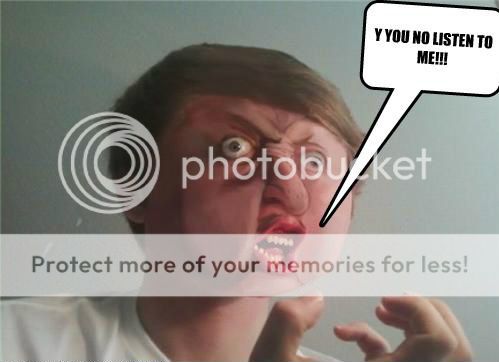I think the way suggested by David Campen is by far the easiest setup, and should work fine when you just want to perform comparative measurements. Calibrating it would be difficult, you could know from it very well the rank of outputs compared, but saying what is the actual difference between each rank would be more complex. As it is easy to build, it may worth the try.
A copper piece for the end of copper tubing might do the job well. Put the LED on the open end with several layers of kapton tape for insulating thermally LED from cooper piece and it may work fine enough for your purpose (you could build a reflective piece for the open side with just the aperture for LED dome).
For measuring the way I suggested, you need a photodiode well matched with photopic response, usually found on good light meters (cheap ones usually are not well matched on the short blue range). But you could use any as far as you know accurately its response, so you can calculate its measured LER, being able to find radiometric output from the lm output. The key of all is having the SPD.
I have processed royal blue spectrums using digital camera and it works fine. When you use RAW or TIFF formats, data includes the actual response of the CCD array to each wavelength, so still when response is lower on the short blue range, it is detectable and mensurable. Just Signal to Noise ratio becomes lower, but not a problem for your purpose.
On the other hand, some years ago I was searching for photodiodes with flat response. I wanted to build a good light detector using 3 photodiodes (RGB) with flat response. I found two but not the third, so I give up the project. I did not remember if it was the Blue or the Green the one I couldnt find with a flat response, but I believe it was the G. Anyway, maybe now there are more photodiodes out there. Unfortunately, I dont have the datasheets or reference of the models I found, but you can search for it. Finding a photodiode with flat response in the B would simplify your task a lot and make it very straightforward.
A copper piece for the end of copper tubing might do the job well. Put the LED on the open end with several layers of kapton tape for insulating thermally LED from cooper piece and it may work fine enough for your purpose (you could build a reflective piece for the open side with just the aperture for LED dome).
For measuring the way I suggested, you need a photodiode well matched with photopic response, usually found on good light meters (cheap ones usually are not well matched on the short blue range). But you could use any as far as you know accurately its response, so you can calculate its measured LER, being able to find radiometric output from the lm output. The key of all is having the SPD.
I have processed royal blue spectrums using digital camera and it works fine. When you use RAW or TIFF formats, data includes the actual response of the CCD array to each wavelength, so still when response is lower on the short blue range, it is detectable and mensurable. Just Signal to Noise ratio becomes lower, but not a problem for your purpose.
On the other hand, some years ago I was searching for photodiodes with flat response. I wanted to build a good light detector using 3 photodiodes (RGB) with flat response. I found two but not the third, so I give up the project. I did not remember if it was the Blue or the Green the one I couldnt find with a flat response, but I believe it was the G. Anyway, maybe now there are more photodiodes out there. Unfortunately, I dont have the datasheets or reference of the models I found, but you can search for it. Finding a photodiode with flat response in the B would simplify your task a lot and make it very straightforward.


